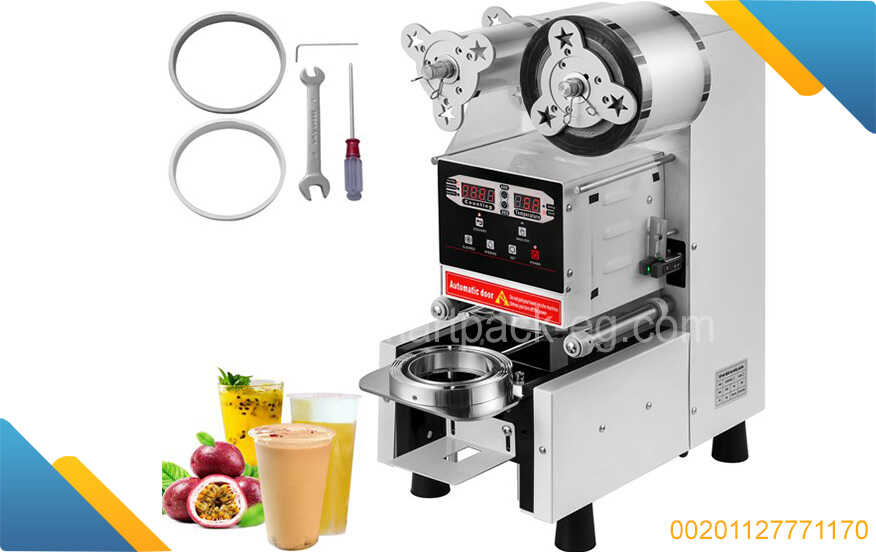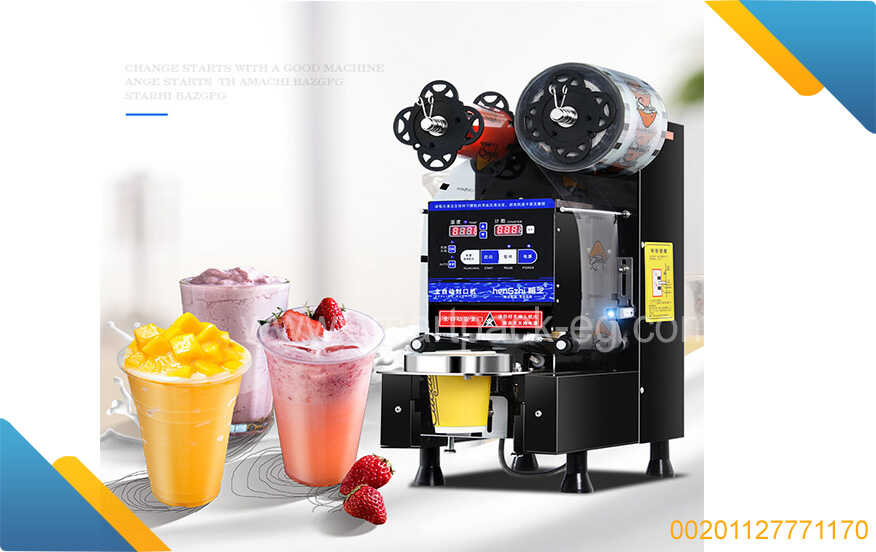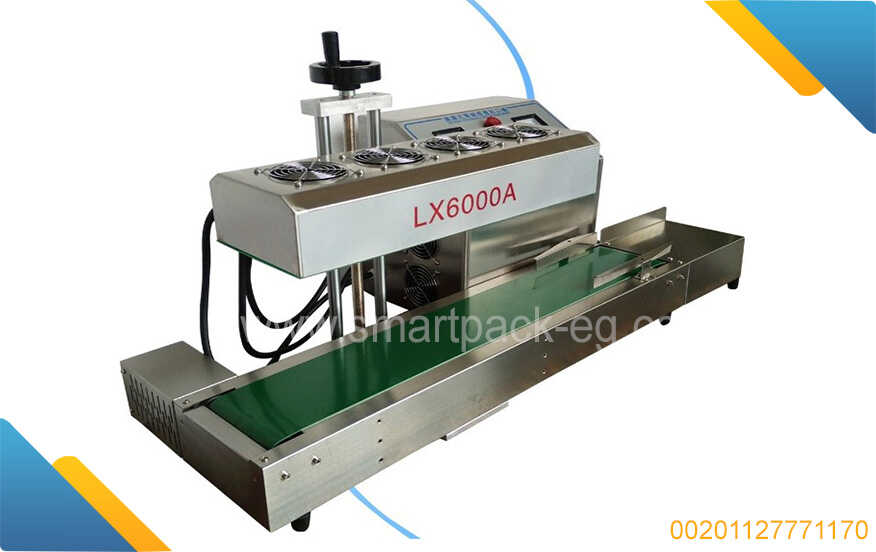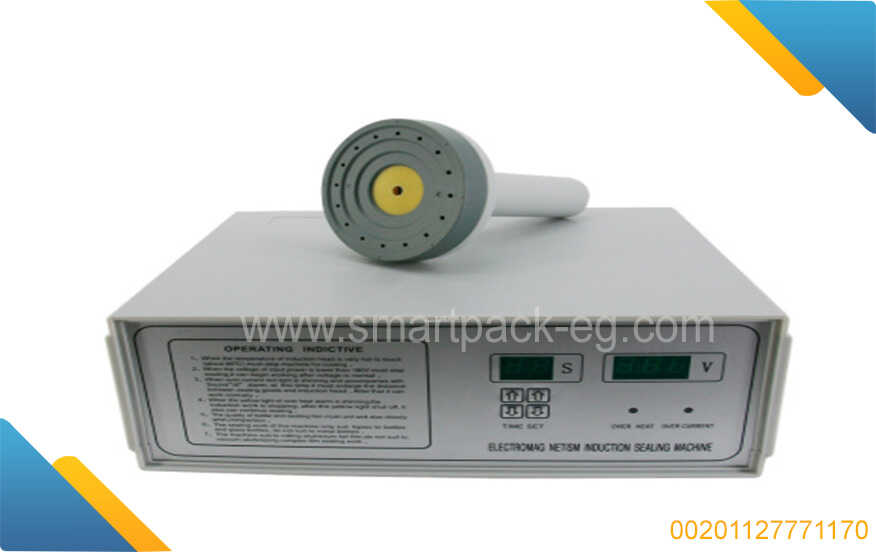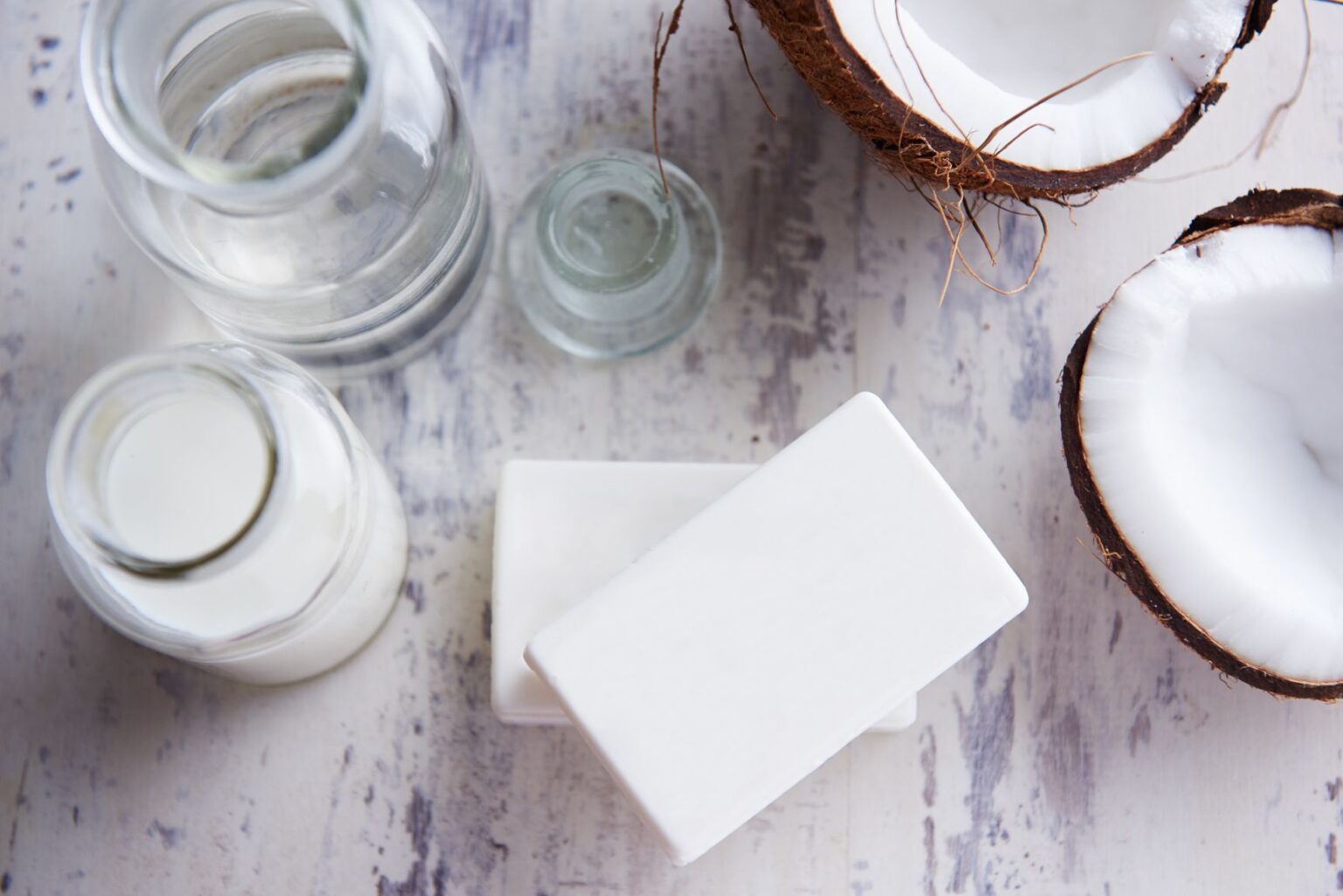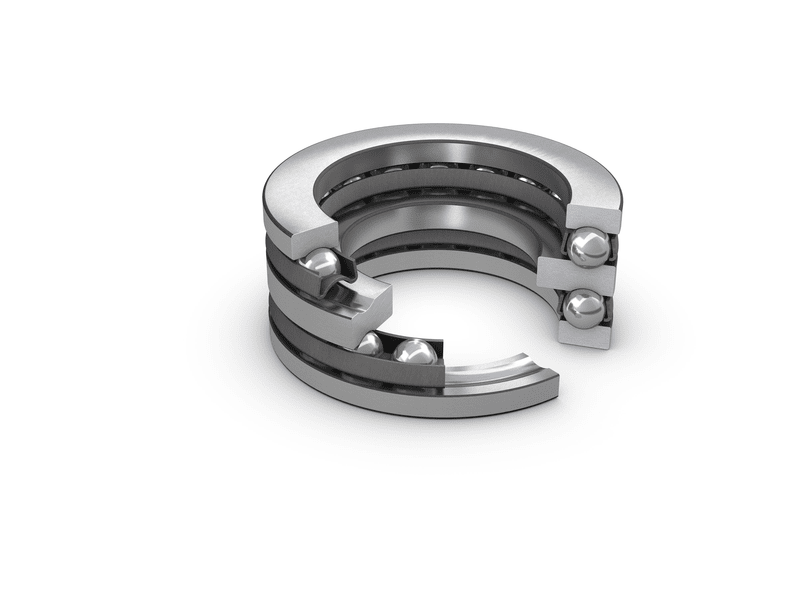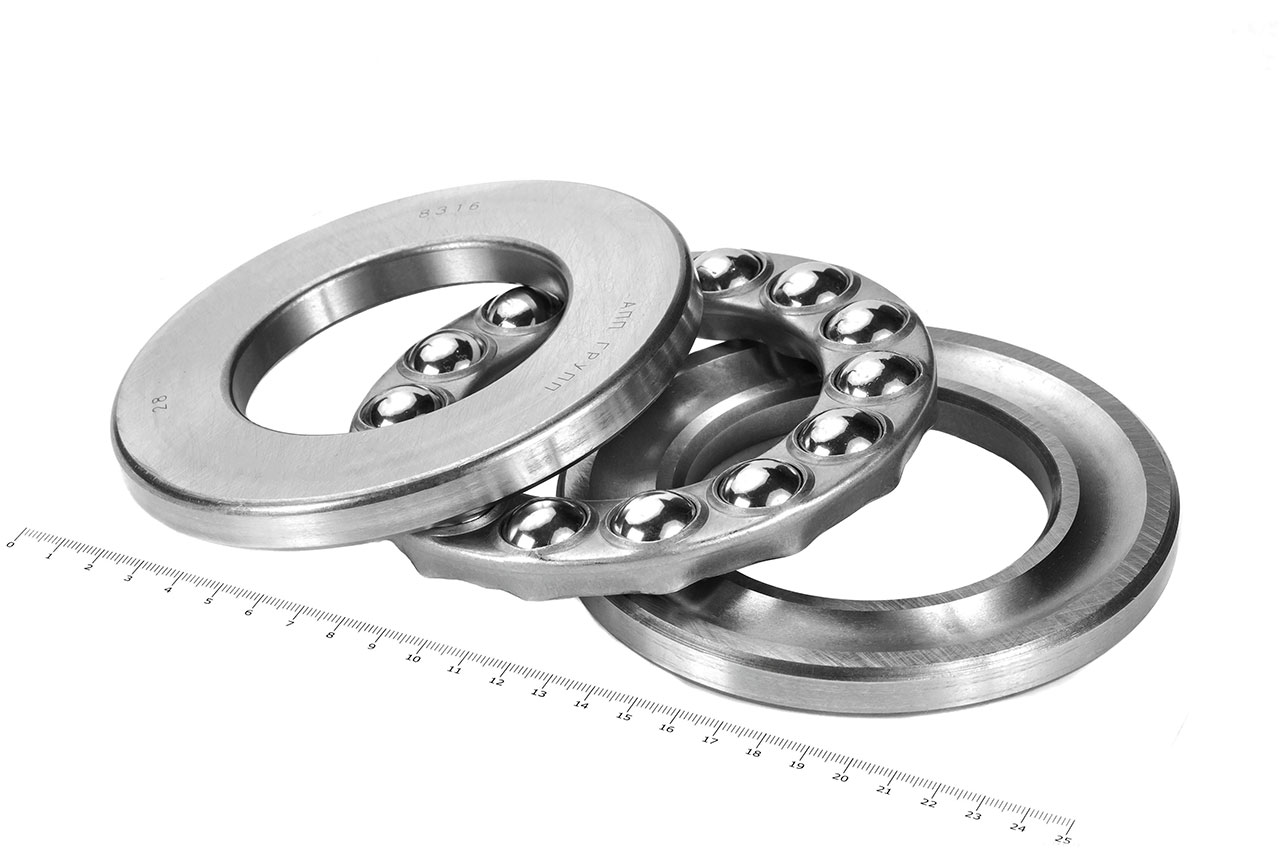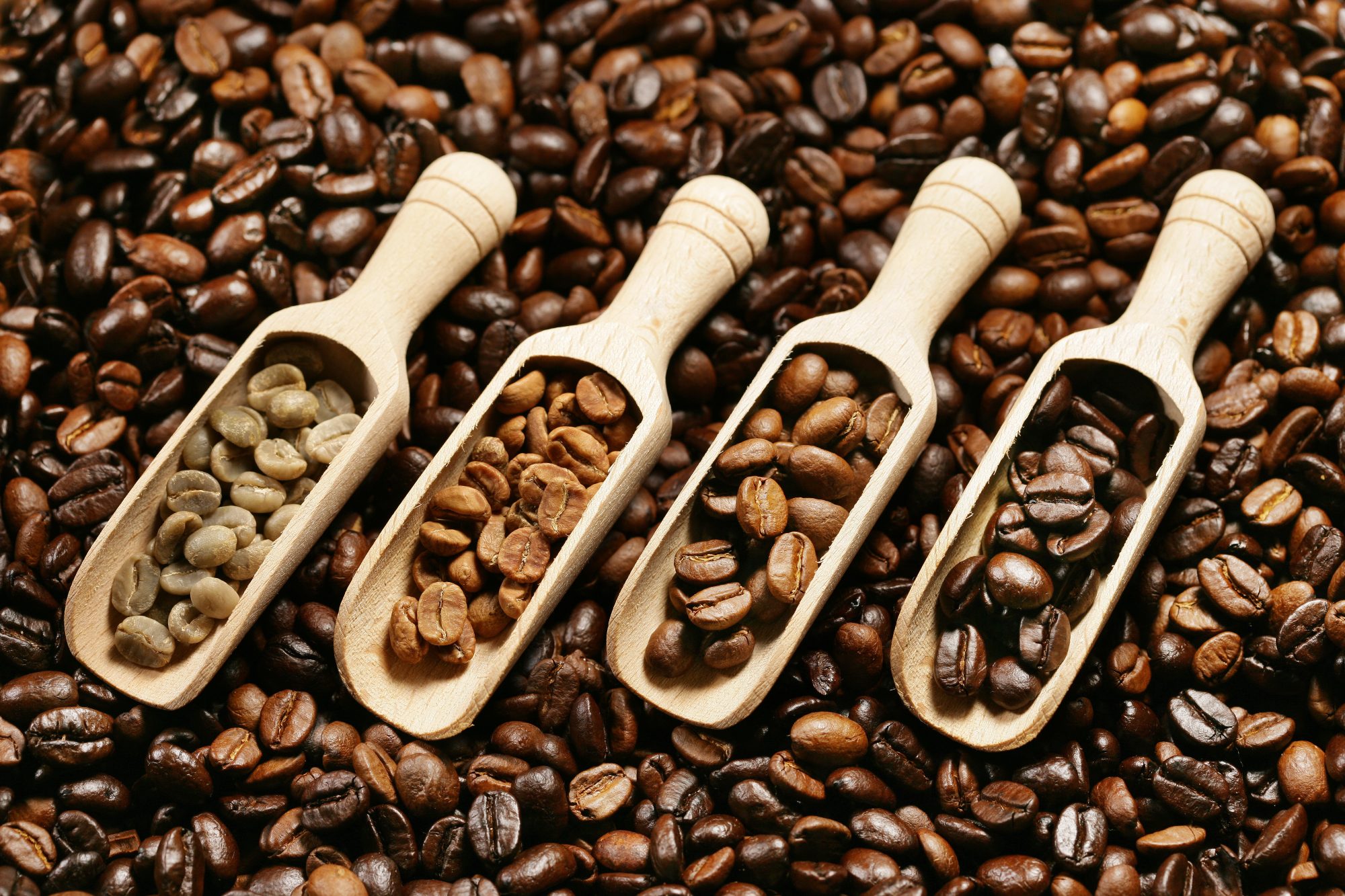How To Guide: Solid Soap Production and Packaging Machines
Introduction:
In this guide, I will walk you through the process of producing solid soap and the different machines involved in the production and packaging. Solid soap production requires precision and specific machinery to ensure quality and efficiency. So, let's explore the types, components, and processing methods of these machines.
Types of Solid Soap Production Machines:
There are several types of machines involved in solid soap production. Let's take a look at each one in detail:
-
Soap Mixing Machine:
This machine is used to blend the soap ingredients, such as oils, fats, and lye, to achieve the desired soap formulation. It ensures uniform mixing and assists in the saponification process, where the ingredients react chemically to produce soap. -
Soap Plodder:
The soap plodder is a key machine in solid soap production. It extrudes the blended soap mixture, removing excess moisture and shaping it into solid bars or pellets. The plodder also compresses the soap, making it denser to enhance durability and longevity. -
Soap Cutting Machine:
Once the soap is extruded, a soap cutting machine is used to slice it into the desired bar sizes or shapes. This machine ensures precision cutting to maintain uniformity in the final product. -
Soap Stamping Machine:
For branding and personalization, a soap stamping machine is used to imprint logos, designs, or text onto each soap bar. This adds value to your product and improves brand recognition.
Components of Solid Soap Production Machines:
Now that we have seen the types of machines used in solid soap production, let's delve into their components:
-
Stainless Steel Body:
Most soap production machines are made of stainless steel due to its durability, resistance to corrosion, and ease of cleaning. A sturdy stainless steel body ensures longevity and maintains hygiene standards throughout the production process. -
Hopper and Feeding System:
The soap mixing machine usually includes a hopper for easy ingredient feeding. A reliable feeding system ensures a steady flow of ingredients into the mixing chamber, facilitating efficient soap production. -
Extrusion Chamber and Die:
The soap plodder consists of an extrusion chamber and a die. The chamber compresses and shapes the soap mixture, while the die determines the final soap bar size or pellet diameter.
Processing Method:
Now that we understand the machines and their components, here's an overview of the solid soap production process:
-
Weigh and measure the soap ingredients precisely.
-
Transfer the ingredients to the soap mixing machine hopper.
-
Activate the soap mixing machine to thoroughly blend the ingredients.
-
Feed the blended soap mixture into the soap plodder.
-
Adjust the pressure and temperature settings of the plodder for optimal soap extrusion.
-
Collect the extruded soap and transfer it to the soap cutting machine.
-
Configure the cutting machine and slice the soap into desired bar sizes or shapes.
-
Finally, use a soap stamping machine to add customized imprints on each soap bar.
Conclusion:
Producing solid soap involves a series of machines designed to ensure high-quality products. From soap mixing machines to soap cutting and stamping machines, each element plays a crucial role in the production and packaging process. By following this guide, you can understand the different types, components, and processing methods of solid soap production machines, enabling you to create exceptional soaps for your customers.

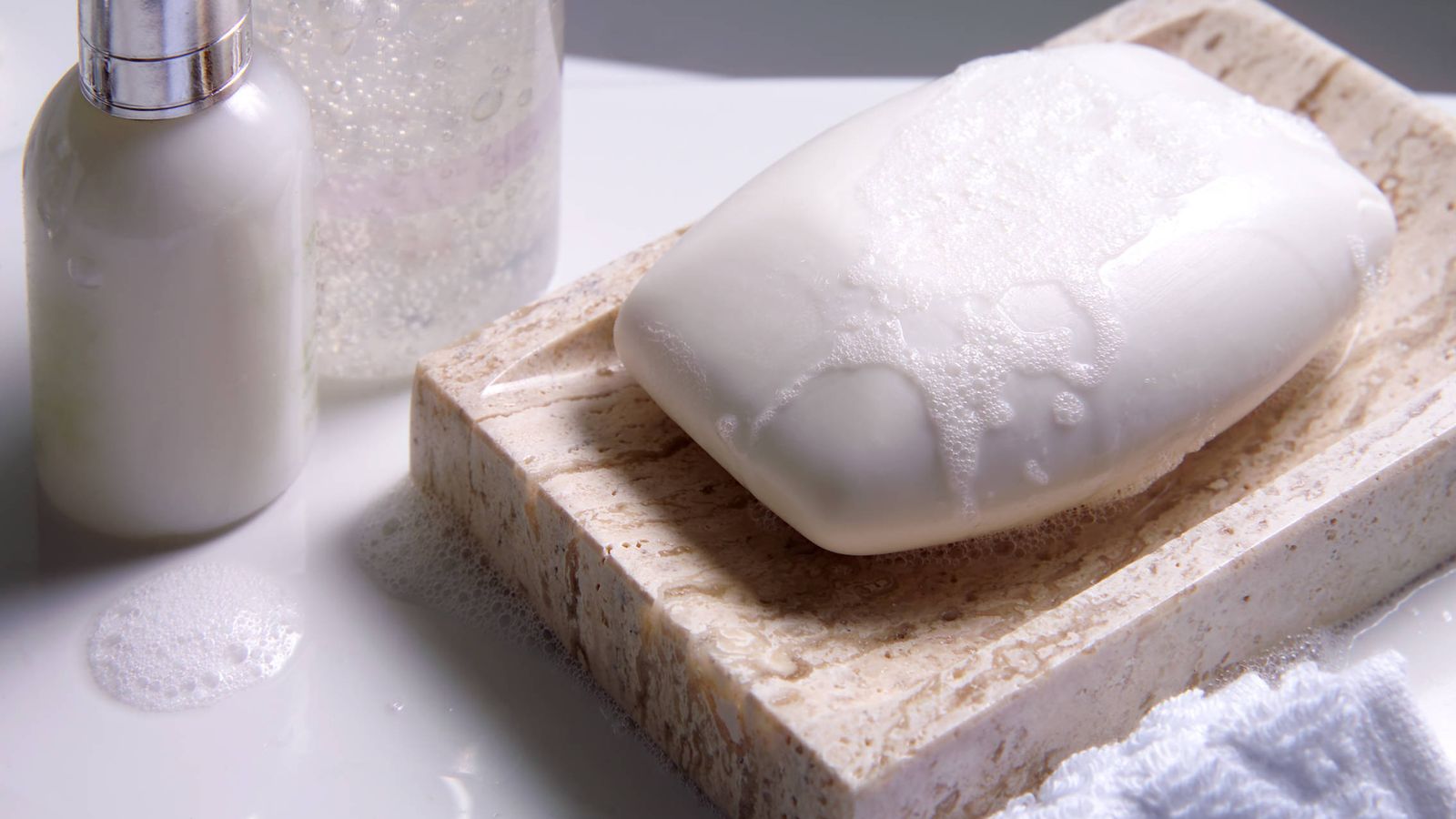
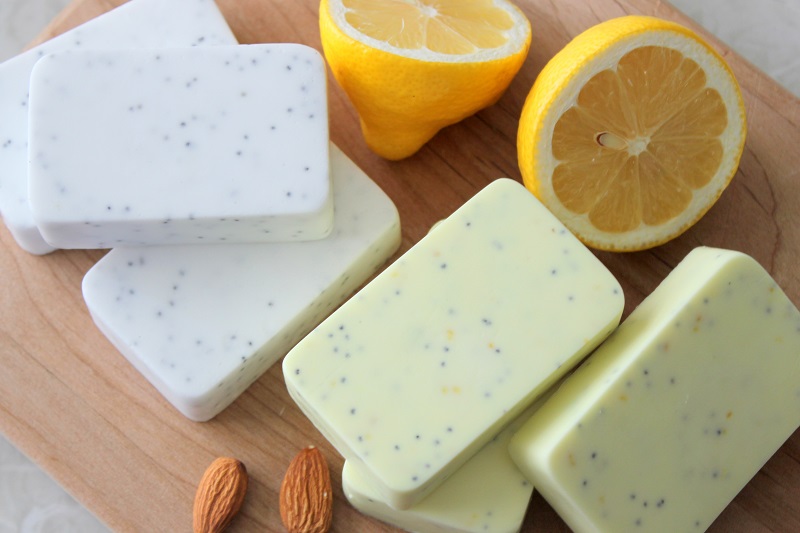
 Admin
Admin 